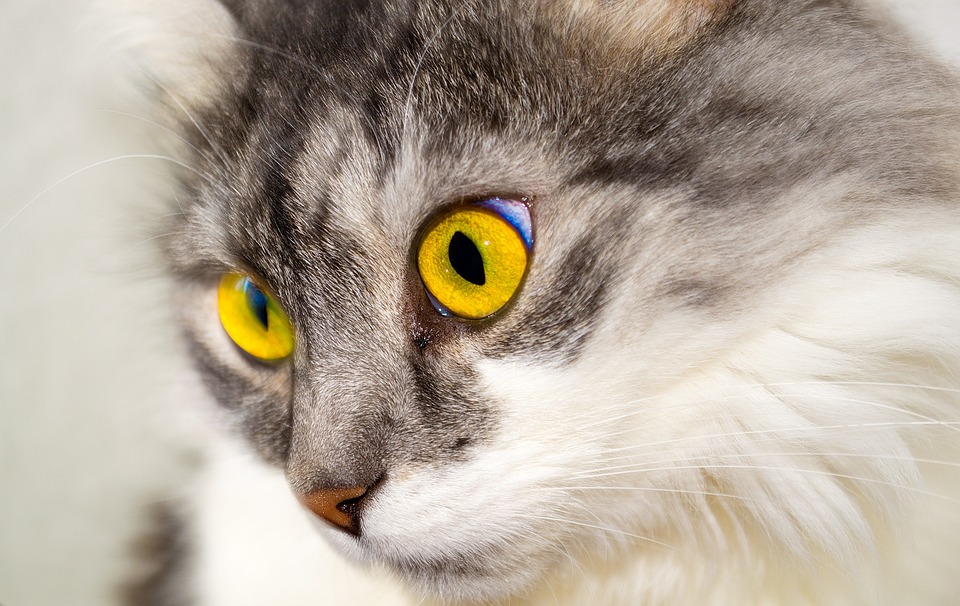Socializing Cats with Other Pets and People: A Guide to a Harmonious Household
Helping Your Feline Friend Adapt to New Friends and Family
Introducing a new cat to your household can be an exciting and rewarding experience. However, it’s crucial to ensure proper socialization to create a harmonious environment for all pets and people involved. In this article, we will guide you through the process of socializing your cat with other pets and people, providing valuable tips and insights along the way. Let’s embark on this journey together and create a happy, well-integrated furry family!
Why is Socialization Important for Cats?
Cats are known for their independent nature, but they still thrive on social interaction. Proper socialization can help prevent behavioral issues, reduce stress, and foster a positive relationship between your feline friend and other pets or family members. When cats are well-socialized, they are more likely to feel secure, confident, and content in their surroundings.
Introducing Cats to Other Pets
Introducing your cat to other pets requires patience, careful planning, and gradual steps to ensure a successful integration. Here are some essential guidelines to follow:
1. Separation and Scent Exchange: Before any physical introductions, it’s crucial to separate the new cat from existing pets and allow them to become familiar with each other’s scents. Swap bedding or use a cloth to rub on each pet, then place it near the other pet’s feeding area to associate the scent with something positive.
2. Gradual Visual Introductions: Start by allowing the pets to see each other from a safe distance, such as through a glass door or baby gate. Observe their reactions and gradually decrease the distance between them over several sessions, always ensuring a positive and relaxed atmosphere.
3. Controlled Face-to-Face Meetings: Once both pets show signs of curiosity rather than aggression or fear, it’s time for a controlled face-to-face meeting. Use a leash or harness on both pets, allowing them to explore each other while maintaining control. Reward positive behavior with treats or praise to reinforce their association with good experiences.
4. Supervised Interaction: Gradually increase the duration and frequency of supervised interactions, always monitoring their behavior closely. Avoid leaving them unsupervised until you are confident in their ability to coexist peacefully.
Socializing Cats with People
Cats can form deep bonds with their human companions, but not all cats are naturally inclined to be social. If you have a shy or fearful cat, follow these tips to help them feel comfortable around people:
1. Create a Safe Haven: Provide a designated safe space for your cat, such as a cozy cat tree, where they can retreat when feeling overwhelmed. Ensure this area remains a peaceful and positive environment.
2. Use Positive Reinforcement: Reward your cat’s positive behavior, such as approaching people or allowing gentle petting, with treats, praise, or playtime. This positive association will encourage your cat to seek interactions.
3. Gradual Exposure: Gradually expose your cat to different people, starting with those who are calm and gentle. Encourage guests to avoid sudden movements or loud noises that may startle your cat. Allow your cat to approach visitors at their own pace, never forcing interactions.
4. Patience and Consistency: Understand that socializing a cat with people takes time and patience. Consistency in providing positive experiences and respecting your cat’s boundaries is crucial for building trust and confidence.
FAQs (Frequently Asked Questions)
1. Will my cat ever get along with my dog?
– While cats and dogs can form strong bonds, it depends on the individual animals involved. Proper introductions, supervision, and positive reinforcement can increase the chances of a harmonious relationship.
2. Can my cat be socialized if they were previously feral or had limited human interaction?
– Yes, socializing feral or semi-feral cats requires additional time and patience, but it is possible. Slowly build trust, use positive reinforcement, and provide a safe and calm environment for them to feel secure.
3. Should I punish my cat if they show aggression during introductions?
– No, punishment can worsen aggression and hinder the socialization process. Instead, redirect their attention, provide positive reinforcement for calm behavior, and consult a professional if aggression persists.
4. How long does socialization typically take?
– The duration of socialization varies depending on the cat’s personality, past experiences, and the environment. Some cats may adapt quickly, while others may require several weeks or even months to feel comfortable.
Remember, each cat is unique, and the socialization process may vary. Be patient, understanding, and celebrate even the smallest progress. With time, effort, and love, you can create a harmonious and happy household for all members, furry or not!








